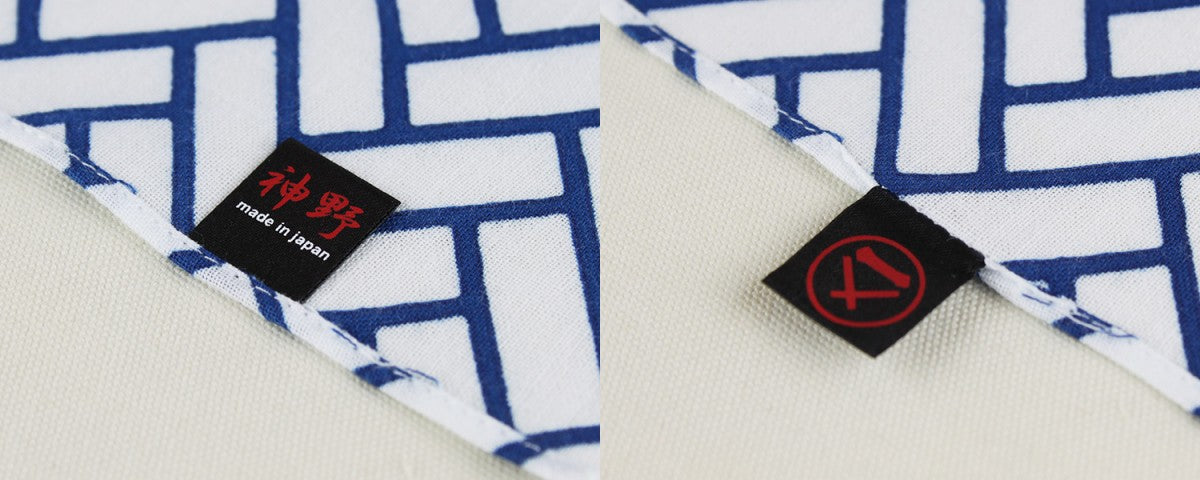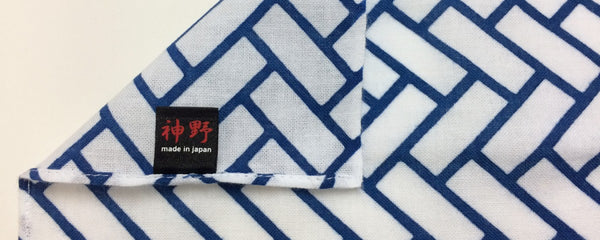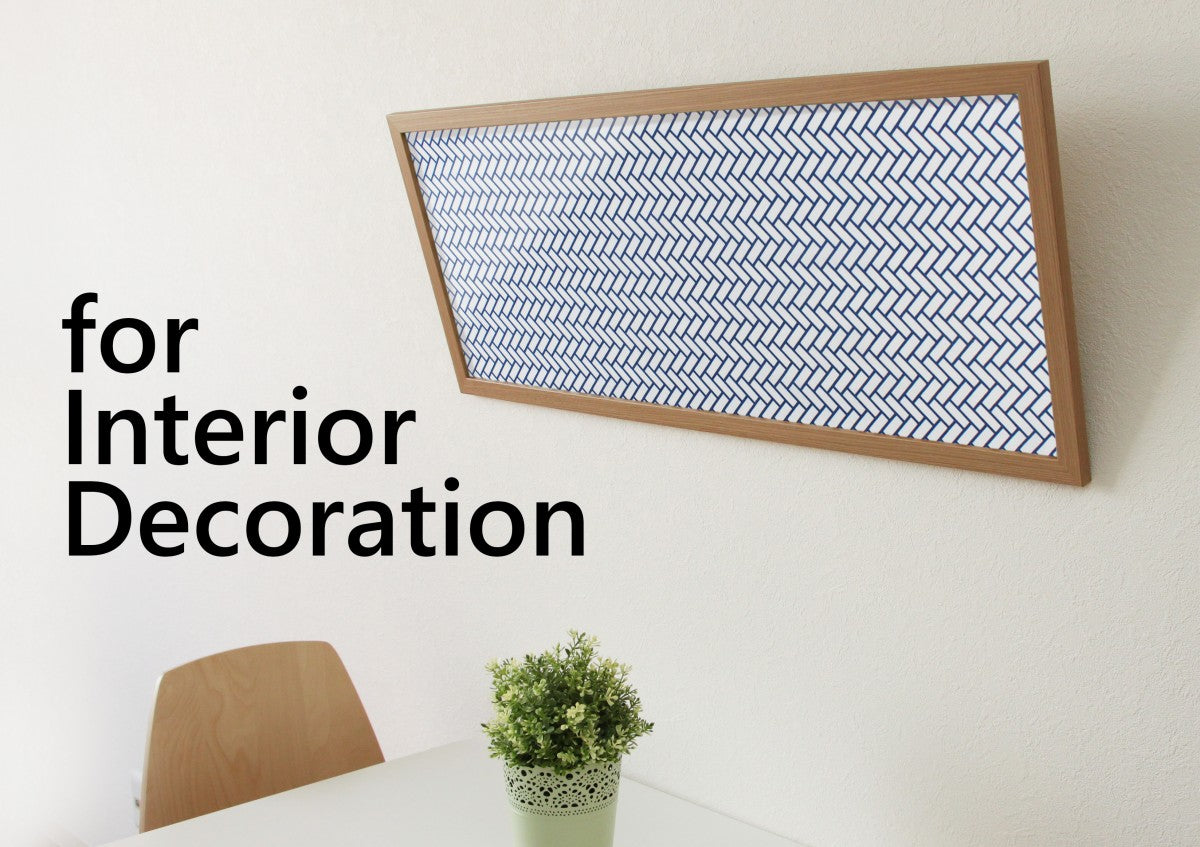"Ajiro" Milori Blue【Hand-dyed Tenugui】
¥1,800
Availability: In stock
Brand: kannojapan.com
This japanese towel is dyed using traditional hand dyeing techniques unique to Japan called "Chusen".The back side is the same design.The back side is not white.You can use it without worrying about the front and back.
»About "Chusen"
≪ Design ≫
"Ajiro" (wickerwork) pattern
As named so, the pattern uses a fishing tool as motif that was used instead of a fishing net to catch fish in the river.
The name comes from woven barks of Japanese cedar, Japanese cypress, and bamboo used to catch fish in place of a fishing net.
The pattern features characteristic alternating rectangular shapes oriented diagonally left and right. The uniquely three-dimensional shape is due to the hand-made nature of the motif.
One unique aspect is that the shape can vary greatly depending on the material. The angles in which the materials are woven are more often irregular (not right), making for a unique shape.
The pattern is used not only for kimonos, but also for house ceilings, folding screens, and more traditional items like Noh costumes from the Edo period.
Ajiro (wickerwork) made with Japanese cedar bark is called, "Higaki." The pattern is identical.
≪ Color ≫
Milori Blue (Konjo)
Konjo-iro (Milori blue color) uses azurite, the same mineral pigment as ultramarine blue. When added, azurite's somewhat dark gradient violet color makes for a luxurious blue hue.
The Milori blue color of azurite has been used since the Heian period, during which it was also called, "Iwagunjo".
Later, the Milori blue color is found in Europe by chance.
"Randoko (Azurite)" January 27th, 2016 08:26 (UTC) [Wikipedia Japanese Edition]
https://ja.wikipedia.org/w/index.php?title=%E8%97%8D%E9%8A%85%E9%89%B1&oldid=57350631
| Country of Manufacture | Japan |
|---|---|
| material | 100% cotton 30 count yarn used |
| weight | Approx. 35g |
| washing | When washing use a mild detergent. |

























